#1300d
Explore tagged Tumblr posts
Text



aside from the wedding and canyon, I really couldn't wait to get all the neon lights and signs
#photographer#photographers#street photography#neon aesthetic#neon lights#cyberpunk#Las Vegas#Vegas#Vegas 2025#vaporwave#Canon#1300D#Canon 1300D#Canon T6#city#city lights#cityscape#city life#city scene#artists on tumblr#photographers on tumblr#neon#neoncore#neon art#neo noir#neon noir#Spotify
1 note
·
View note
Text








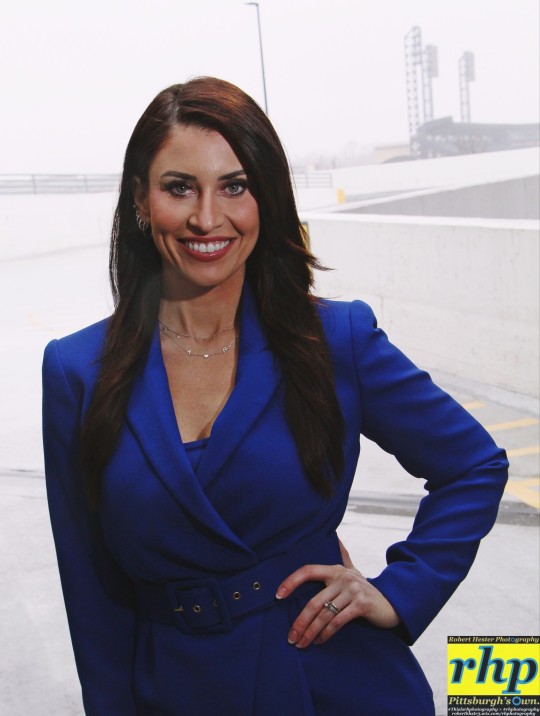

GIMME FIVE, MARY OURS!!
As a paraphrased line went from a Made-For-TV movie about a Miss America from Hawaii in the 1990s: I knew I was blessed I had done four photoshoots with KDKA-TV's Mary Ours in the past.
But after we've done our FIFTH, today, I'd like to thank her for being one of my YINZER Star/Model friends!
💙💙💙💙💙
#ThisIsrhphotography/#rhphotography roberthhstr3.wix.com/rhphotography
#mary ours#maryours#pittsburgh#robert hester#@hestertainment#robert hester photography#robert#hester#photography#rhphotography#thisisrhphotography#robert hester entertainment#canon#canon eos#eos#1300d#1200d
4 notes
·
View notes
Photo

SOURCE Awzer
#awzer#Canon#Canon EOS 1300D#キヤノン#内部#オフィス#テーブル#photographers on tumblr#new topographics#ドイツ#Berlin#Deutschland#Stasi Museum
79 notes
·
View notes
Text



My Friend Angel. 2024
0 notes
Text
İznik 2023 Super Enduro













1 note
·
View note
Text
in which i tell you about medieval timekeeping methods
ok we gotta start with BABYLONIAN TIME and SUNDIALS because this is the Foundation. this is what they used for thousands of years. pretty much every structure we have for understanding and conceptualizing time is based on The Movements Of The Universe - years, months, days, this is how we understand Time to pass. the sun and stars were used for keeping time since Always!!!! there were also multiple ways of keeping time with the Shadows of the sun, not just sundials, but also tablets to measure the length of shadows. And Such
BABYLONIAN TIME is twelve hours daylight, twelve hours nighttime. this makes very good sense considering Sundials, you just split the indicators into twelve parts. don't know why Twelve specifically other than that the babylonians liked it, but it is a very nice, divisible number, and its been kept as the base for all the hour keeping systems i've read about so far.
but yes this does mean that a babylonian hour does not have a set, static length like a modern hour does...! it changes with the seasons and the place, so a babylonian winter hour is different from, say, a winter hour in northern norway. it probably helps to be closer to the equator and reliable sunny weather.
until the invention of mechanical escapement clocks, babylonian time was The main, foundational understanding of timekeeping, BUT...!!!!!! the church put a spin on it. what the monasteries needed to keep time for was Prayer Times, which they had seven of and were based on the passion of the christ. so they signaled the Seven Canonical Hours, starting at sunrise, ending at sunset. church bells is also how people kept time, because you could hear them out in the fields. timekeeping was a bit of a wibbly wobbly art but accuracy wasn't That important.
the various methods used to keep time in addition to sundials included: the cock's crow, candles, hymns, incense, and water clocks. not hour glasses, as they were invented around the same time as mechanical clocks. isn't that wild!!!!!!!
WATER CLOCKS, also called clepsydra, are a diverse category of clocks ranging from a container with water dripping out of it at a steady pace, to complex hydraulic mechanisms with weights and stuff that i honestly have yet to grasp. the simple versions were used in classical greece + rome in the same way you'd use hourglasses, to keep track of speech time, watch time, et cetera. the islamic world + china were the ones to develop the complex water clocks. there's documentation of a water clock in gaza that had like, moving automata and stuff around year 500. there was a water driven astronomical clock in china around year 1000. water clocks made a comeback in europe around the 1100ds, and were getting more widespread use. like at least they work at night, unlike SOME dials
"mechanical clock" is a bit of a misnomer since water clocks were clearly also mechanical, and the exact time of invention of what we think of as mechanical clocks is Vague. the word "horologia" was used to refer to any kind of timekeeping device, including the noble rooster, so it's a bit of a semantic haze.
they had astrolabes, which Could be used to tell the time, but weren't used to do that in the daily life. scientists wanted to make an automated astrolabe for like, the Science, they just needed to invent the perpetuum mobile first and then combine them. obviously.
the missing piece for the MECHANICAL CLOCK was the escapement, the mechanism that regulates the time with which the gears turn. once they got this going, probably early 1300ds, they got the shows on the road. the shows being: the astronomical clock, and the public striking clock. these were considered different things, you see.
the astronomical clock is the Automated Astrolabe. it shows the movement of the sun and moon and stars and as a consequence, the Time. they had dials that people could read the time from, but they were generally considered objects of prestige and god's glory, kind of like cathedrals. they often had moving figures and such.
now, public clocks that mark the hours with sound, THAT'S a timekeeping device. they didn't even have clock faces at first, and it really is so interesting to think about how looking at a clock wasn't considered the main way to tell the time. these clocks seem to have originated in italian cities and spread from there, and this is where we get ITALIAN TIME.
to show babylonian time with a mechanical clock is impractical. the machinery is good at regular movement, to show babylonian hours you kind of need the astrolabe. so italian hours were static and unchanging in length. you had twenty four hours in a day, and the cut-off point was half an hour past sunset. that was the end of the twenty fourth hour, and a new calendar date begun.
of course, the time of the sunset keeps changing all the time As Well, so these clocks had to be adjusted for that Continuously. which was annoying but they still did it until the 17th century. this method was used in italy, bohemia, silesia and maybe poland? i'm unsure what they used outside these spaces at the time, if they stuck to the babylonian hours even with mechanical clocks and did complex maths about it.
at least the NUREMBERG CLOCK had its own take on it, even if it didn't spread beyond southern germany at all. they used babylonian hours, but instead of changing the length of an hour, they changed the amount. eight day hours and sixteen night hours in december, opposite in june. the tables needed for how many days with how many hours were very complex and annoying also.
the concept of starting a new calender day at midnight, and never needing to constantly adjust day hours or when the sunset begins, WAS known but only used for scientific and astronomical purposes. like that's such a weird way to split the day!!!!! twelve at MIDDAY?? WEIRD. some travellers noted that this was a very practical and elegant solution, though, but travel and far flung communication was still very slow, so mismatched timekeeping was more annoying than inconvenient. but anyway that's for the future to figure out
#clockblogging#HERE U GO. HERE IT IS#were it not for the language of this site i could've just copypasted this section of my thesis#maybe some is repetition from my other posts.#anyway source for all this is history of the hour by gerard van-dohrn rossum#long post
233 notes
·
View notes
Text

Paris, January 2020, Boulevard Haussman, Canon 1300D, Canon efs 18-55mm, 44mm, f6.3, 1/10s
#original photographers#photography#photographers on tumblr#my art#lensblr#photooftheday#paris#paris city#city of paris#filé#city lights#city streets#city photography#city life#cityscape#urban#streets#city#night time#night#night photography#urban life#urban photography#panning shoots#panning shoot
27 notes
·
View notes
Text
The Psychology of Light: Outsider (2023)
Taken with the Canon EOS 1300D and 250D






2 notes
·
View notes
Text
Dancing reflections and hungry currents ~
Shot on Canon 1300D
Location: Singari, Karnataka. India.
#singari #fish #nature #naturephotography #yashwishawi #canonmoment #canonphotography #photooftheday

3 notes
·
View notes
Text
Meine Canon EOS 1300D mit Canon EF-S 18-55mm 1:3,5-5,6 IS II Zoom-Objektiv und 50mm ef50 Festbrennweiten-Objektiv
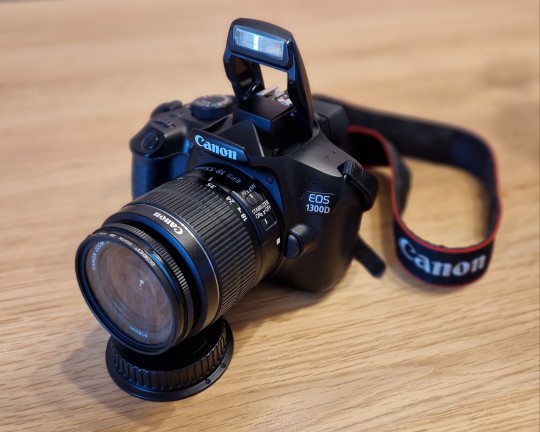

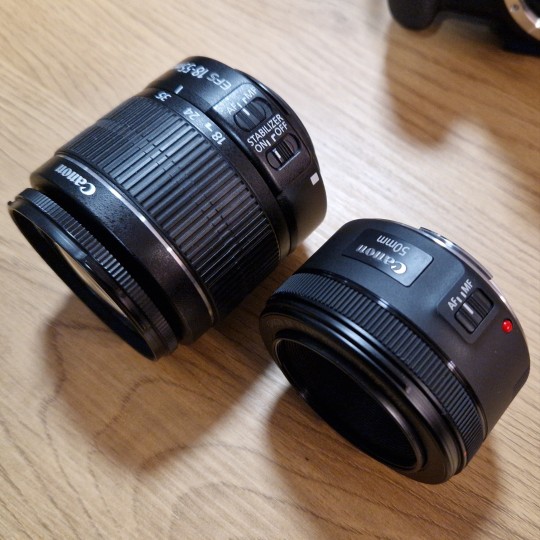



#dslrcamera #spiegelreflexkamera #canon #canoneos1300d #eos1300d #cameraobjective #zoomobjective #efs1855mm #canoneflense #fixedfocallengthobjective #ef50 #canoneflens50mm
#dslrcamera#spiegelreflexkamera#canon#canoneos1300d#eos1300d#efs1855mm#canoneflense#fixedfocallengthobjective#canoneflens50mm#awcustomprojects
3 notes
·
View notes
Text





Some photos I took the other day whilst at the seaside🫶
🤍Camera: Canon EOS 1300d🤍
2 notes
·
View notes
Text

I saw Static Dress last night and got some of I think my best recent pics!
#photographer#photographers#music#canon#1300d#canon t6#Static Dress#concert photography#music photography#band photography#metalcore#emo#post hardcore#grunge#band#bands#Spotify#live music#alternative#artist#new artist
1 note
·
View note
Text



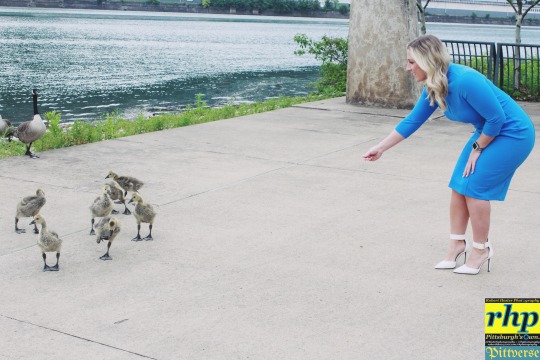






KASEY REIGNER PITTVERSE PHOTO SHOOT
Photos from an RHP shoot with WTAE-TV Pittsburgh's Action Weather Meteorologist Kasey Reigner as part of a story for Pittverse Magazine/Pittverse Community.
#ThisIsrhphotography #rhphotography roberthhstr3.wix.com/rhphotography
#Pittsburgh#WTAE#WTAE-TV#Pittverse#PittverseMagazine#Pittverse Magazine#Pittverse Community#ThisIsrhphotography#rhphotography#Kasey Reigner#Pittsburghs Own#ROBERT#Robert Hester Photography#@hestertainment#HESTER#Canon#Canon EOS#EOS#1300D#1200D#Photoshoot#North Shore#Pittsburgh's Own#PittsburghsOwn
1 note
·
View note
Photo
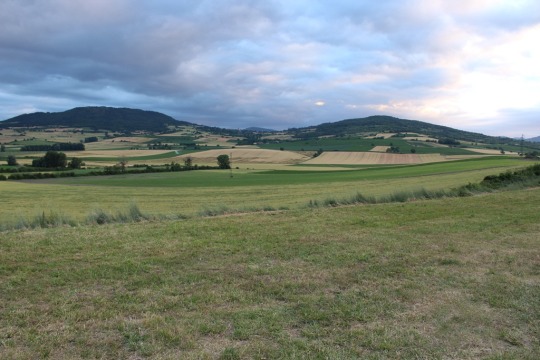
SOURCE Awzer
#awzer#Canon#Canon EOS 1300D#キヤノン#草本#ランドスケープ#photographers on tumblr#Veyre-Monton#Auvergne-Rhône-Alpes#フランス#青#緑
14 notes
·
View notes
Text

Spider close up in web.
📷Canon EOS 1300D
Sigma 105mm f2.8 macro
#spider#nature#Macro#Photography#Canon#Sigma#Photoblog#nature photography#Wattophotos#2023#England#peak district#photographer#photographers on tumblr#spiders#wildlife#arachnids#spider web#macro photography
2 notes
·
View notes
Text
Week 1 - Roll of Film
Task: Self-portrait (you can use a mirror)
Learning Outcomes: Lighting, reflection, camera controls
Suggested Procedure:
Select 2 songs to listen to as you photograph
Test the different moods you can achieve
How can you use manual settings to take a photo?
Try self-timers on your camera. Please use a DLSR if you can.
Notes: Using my Canon EOS 1300D, I set up the self-timer and made a makeshift tripod. I first set it up in my room, where I listened to and danced to most of my music. Then I set up in different areas that I lisent to lots of music. Then, find different lighting and backgrounds.






0 notes